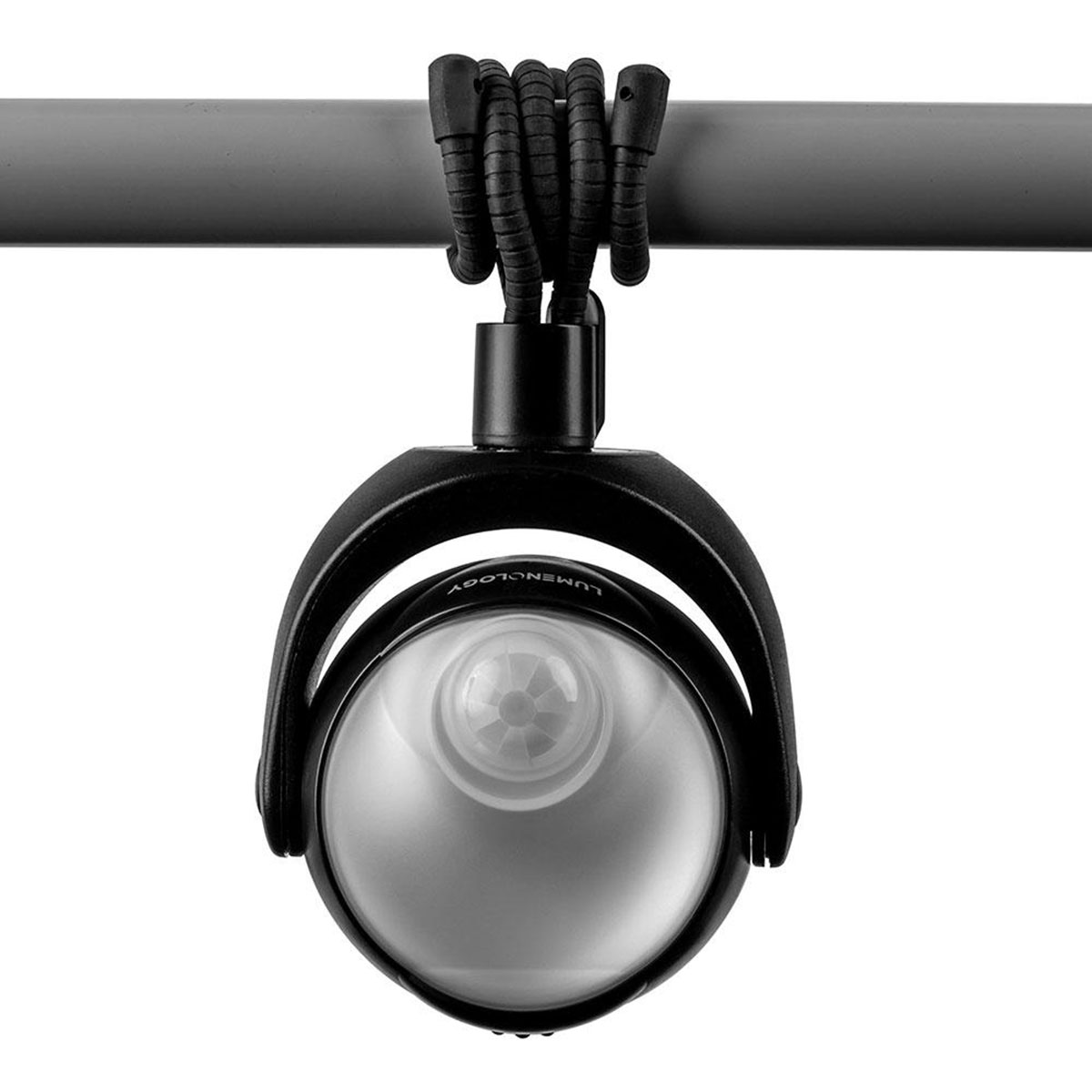Motion Light: The Ultimate Guide To Illumination Technology
Motion light technology has revolutionized the way we illuminate our homes, offices, and public spaces, offering convenience, energy efficiency, and enhanced security. Whether you're looking to upgrade your home lighting system or understand its applications in large-scale industrial settings, motion lights provide a seamless solution that caters to modern living. With their ability to detect movement and automatically adjust brightness, these lights have become an integral part of smart lighting solutions across the globe.
In today's fast-paced world, energy conservation and smart technology are at the forefront of innovation. Motion lights have emerged as a game-changer, blending advanced sensors with practical illumination. They not only reduce energy consumption but also offer enhanced safety by lighting up dark areas when motion is detected. From residential driveways to commercial parking lots, motion lights are versatile, reliable, and tailored to meet diverse preferences.
But how do motion lights work? What makes them so effective? This article dives deep into the workings, types, advantages, and applications of motion lights. We'll explore everything from the latest trends in motion light technology to installation tips and maintenance practices. Let's shed some light on this illuminating topic and guide you through the complete process of selecting, installing, and maximizing the benefits of motion light systems.
- Fasion Fair Mall
- Mount Bachelor Ski Resort
- Dorothy Lane Market Centerville
- Cosmos Travel
- Edge Of The Woods Outfitters
Table of Contents
- How Do Motion Lights Work?
- Types of Motion Light Sensors
- Advantages of Using Motion Light
- Where Can Motion Lights Be Used?
- How to Choose the Right Motion Light?
- Installation Guide for Motion Lights
- Common Issues with Motion Lights and Solutions
- Motion Light and Energy Efficiency
- Latest Trends in Motion Light Technology
- Can Motion Lights Improve Home Security?
- Motion Lights for Commercial and Industrial Use
- Motion Light Maintenance Tips
- Frequently Asked Questions About Motion Light
- Conclusion
How Do Motion Lights Work?
Motion lights operate using sensors that detect movement within a specified range. These sensors are designed to pick up infrared radiation, changes in light levels, or ultrasonic waves, depending on the type. Once movement is detected, the sensor triggers the light to turn on, illuminating the area for a pre-set duration.
What makes motion lights so effective?
Motion lights are effective because of their ability to activate only when needed, thereby conserving energy. They are equipped with adjustable settings, allowing users to control the sensitivity, range, and duration of illumination. This customization ensures that the lights function efficiently in various environments.
Key components of a motion light system
- Sensor: Detects motion and triggers the light.
- Light fixture: Provides illumination.
- Timer: Determines how long the light stays on after activation.
- Power source: Can be wired or battery-operated.
Types of Motion Light Sensors
Motion light sensors come in various types, each suited for different applications. Choosing the right sensor depends on your specific needs and the environment where the light will be installed.
- Pattaya Floating Market
- Jamaican Food Chicago
- Gold Leaf Md
- Alex Grey Artwork
- Coast Restaurant Santa Monica
What are the main types of motion sensors?
Here are the primary types of motion light sensors:
- Passive Infrared Sensors (PIR): Detects body heat and movement.
- Ultrasonic Sensors: Uses sound waves to detect motion.
- Microwave Sensors: Emits microwaves and measures their reflection to identify movement.
- Dual-Technology Sensors: Combines two technologies for enhanced accuracy.
Which sensor is best for outdoor use?
For outdoor applications, PIR sensors are often the preferred choice due to their accuracy and ability to avoid false triggers caused by environmental factors like wind or rain.
Advantages of Using Motion Light
Motion lights offer a host of benefits that make them a popular choice for both residential and commercial settings. Here are some of the key advantages:
Why should you consider installing motion lights?
- Energy efficiency: Reduce electricity bills by only using light when needed.
- Enhanced safety: Illuminate dark areas to prevent accidents.
- Improved security: Deter intruders by lighting up when motion is detected.
- Convenience: No need to manually switch lights on and off.
Can motion lights add value to your property?
Yes, motion lights can enhance the aesthetic appeal and functionality of your property, making it more attractive to potential buyers or tenants.
Where Can Motion Lights Be Used?
Motion lights are incredibly versatile and can be used in a variety of locations. Their adaptability makes them suitable for both indoor and outdoor applications.
Popular uses for motion lights
- Residential: Driveways, backyards, staircases.
- Commercial: Parking lots, hallways, entrances.
- Industrial: Warehouses, loading docks.
- Public spaces: Parks, pathways, bus stops.
Are there specific areas where motion lights are most effective?
Motion lights are particularly effective in high-traffic areas, dark corners, and spaces that require enhanced security.
How to Choose the Right Motion Light?
Choosing the right motion light involves considering several factors such as the type of sensor, brightness, range, and power source. Here’s a comprehensive guide to help you make an informed decision:
What factors should you consider?
- Sensor type: PIR, ultrasonic, microwave, or dual-technology.
- Brightness: Measured in lumens, choose according to your needs.
- Range: The distance the sensor can detect motion.
- Power source: Wired, battery-operated, or solar-powered.
Top brands for motion lights
Some of the leading brands in the motion light industry include Ring, Philips Hue, and LEONLITE. These brands are known for their quality, durability, and innovative features.

Lumenology Portable Wireless Motion Light Wright Edison

Lot MOTION LIGHT